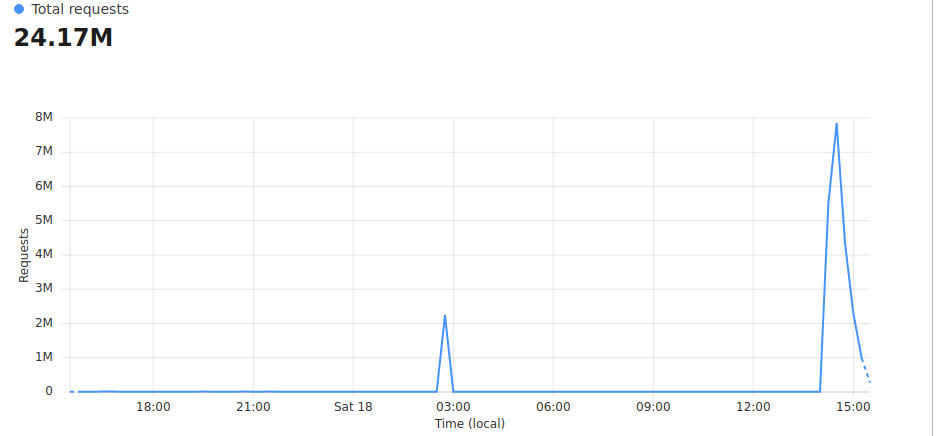Tether's CTO, Paolo Ardoino, has confirmed that the stablecoion issuer's website, tether.io, is currently still suffering from a DDOS attack. The number of web requests increased from 2,000 to 8,000,000 every five minutes on Saturday, June 18th.
Ardoino has confirmed that the "attack is now mitigated", but leaves the "We are under attack" mode on to avoid further risk. According to CTO Tether, the additional security step will not affect the fake of stablecoin.
Do not miss: The best stockbrokers (brokers) in Europe and the best broker in the Czech Republic in 2022
The creators of the DDOS attack demanded a ransom
USDT, the most capitalized stablecoin, has been attacked by Distributed Denial of Service (DDOS). According to words Technology Director Paola Ardonia to nthe first time the company was attacked by these hackers.
Tether's chief executive said they have made a ransom the attackers on the morning of June 18. The company's decision not to comply with the requirements led to a mass DDOS attack.
A DDOS attack is a sudden influx of artificial traffic designed to paralyze a website server and make it inaccessible to real visitors. If the server receives more requests than it can process, it will slow down or crash so that no one can load your page.
"This morning, Tether received a ransom demand to avoid mass DDOS. They've tried it before. On a normal day we have around 2k requests / 5min. The attack brought us to 8M reqs / 5min.

Finally, he added that Tether had suffered no casualties. No further information was provided about the attack.
In attack mode
"We are in attack mode" is a feature of Cloudflare's DNS management service that protects websites from DDOS attacks by forcing users to take the next step to access the site. For human users who browse the web through a standard web browser, this results in a delay of several seconds while the browser completes the javascript prompt.
If the browser cannot complete the prompt, the user may need to complete the captcha image to reach the webpage. These methods fail when prompted and will be kicked out before they reach the server.
However, DDOS attacks are often performed using remote servers that make requests to the Web outside of the browser. Here, Cloudflare handles any excess demand and leaves the website free to perform tasks as usual.
Paolo Ardonio later tweeted, "It's going to be a long weekend."
You might be interested in: Cryptocurrency loans and the best cryptocurrency savings accounts in 2022











